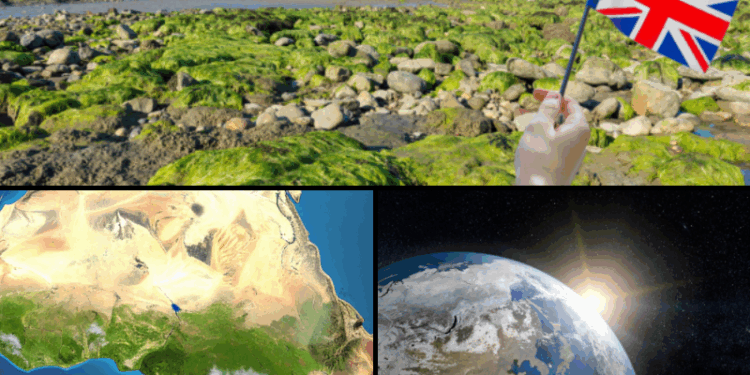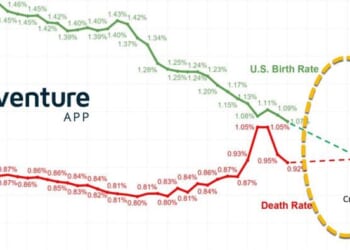IN THIS ISSUE:
- UK ‘State of the Climate Report’ Shows No Cause for Alarm
- Africa’s Atlantic Sea Levels Have Been Higher in the Relatively Recent Past
- Study: Nature Mostly Responsible for Ongoing Climate Change
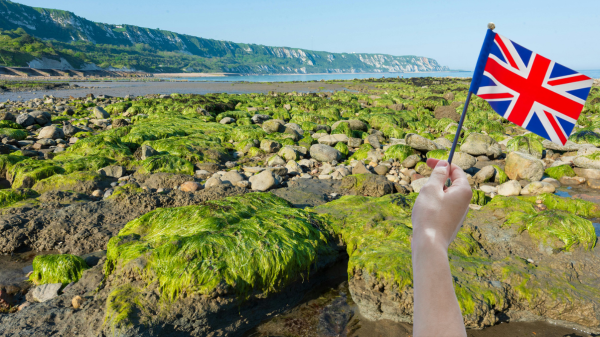
UK ‘State of the Climate Report’ Shows No Cause for Alarm
While scientists continue to examine, discuss, and debate the causes of the recent modest warming, most people don’t care much about a slight rise in temperature. What causes concern are repeated claims that greenhouse gas-driven warming will have deleterious long-term, possibly cascading and unpredictable effects on regional and global weather patterns, resulting in rising seas, worse extreme weather events, and harm to peoples’ health and welfare in various ways.
With this in mind, the Global Warming Policy Foundation (GWPF) has produced a series of “State of the Climate” (SOC) reports that examine in detail comparative temperature trends and the supposedly dangerous knock-on effects of rising temperatures. The 2024 peer-reviewed summary document was written by Ole Humlum, Ph.D. a former professor of physical geography at the University Centre in Svalbard, Norway, emeritus professor of physical geography at the University of Oslo, Norway, and former scientific director of the University of Copenhagen Arctic Station. Humlum’s background includes both theoretical and experimental or on-the-ground research into the causes and consequences of climate change.
The 2024 report examines nine phenomena or indicators of climate change: the present status of and trends for air temperatures; atmospheric greenhouse gases; ocean temperatures; ocean cycles; sea levels; sea ice; snow; precipitation; and winds and storms.
Humlum found air temperatures in 2024 were the highest on record for the instrumental era, according to the five data series considered in this report. However, the warming was globally asymmetrical, being mainly a Northern Hemisphere phenomenon, and 2024’s record was in large part a result of a persistent, strong El Niño.
In addition, contrary to reports that seas have begun rising at an unusually rapid rate, Humlum’s examination of tide gauge measurements shows global sea levels are rising by approximately 1 to 2 mm per year, a rate that has remained largely unchanged over the past century. Humlum also found global sea ice extent has remained stable since 2018 or has even increased slightly from lows reached earlier in the century, and global snow cover has remained essentially stable throughout the satellite era, since about 1978 or so, while varying from region to region. Precipitation varies widely from region to region and ecosystem to ecosystem, and on a yearly and decadal basis. Yet, since 1901 there has been no clear overall tendency toward wetter (or drier) conditions despite modest warming and a significant increase in carbon dioxide concentrations. As to tropical storms, hurricanes, and other types of severe weather, Humlum’s examination of the data found there is “no clear trend towards higher or lower values at a global level” over time.
Based on his review of the literature and the data, Humlum concludes,
The global climate represents a highly complex system involving sun, planets, atmosphere, oceans, land, geological processes, biological life, and the complex interactions between them. Many components and their interrelationships are still not fully understood or perhaps not even recognized. Among all these influences, human CO₂ emissions have, in all probability, only contributed modestly to current warming. The global climate has remained in a stable condition within certain limits for millions of years, although with important variations playing out over periods ranging from years to centuries, or more, but it has never been in a fully stable state without change. Modern observations show that recent years are also characterized by this normal behavior, and there is no observational evidence for any global climate crisis. (Emphasis mine)
It is interesting to compare GWPF’s State of the Climate 2024 report to The Heartland Institute’s newly released Climate at a Glance, second edition (CAAG2). The SOC covers fewer topics than CAAG2 but goes into greater detail on the topics it covers, delving into nuanced examinations of, for example, ocean temperature data at different depths, and detailed examinations of Arctic and Antarctic air temperatures.
CAAG2, by contrast, provides quick summaries of a broader range of topics, presenting quick facts with little detailed explication of smaller microtrends or fine details, instead leaving it to the reader to do further research if interested based on the footnotes it provides.
Both documents are easy to read and understand. Each provides a compelling, data-driven time-slice of the present state of the climate and the extent to which it has changed in recent decades. Both documents provide telling graphics that, truth be told, tell much of the story on various climate issues by themselves, following the old adage that a picture is worth a thousand words. And if one cares about facts rather than spin, both documents should effectively dispel any fear that climate change is causing catastrophic changes that pose an existential threat to humanity’s continued survival or thriving. SOC states that message more directly, whereas CAAG2 leaves it to the reader to understand that after reviewing the evidence presented.
Both documents are worth reading in full and sharing with friends.
Sources: Climate Change Dispatch; Global Warming Policy Foundation; The Heartland Institute
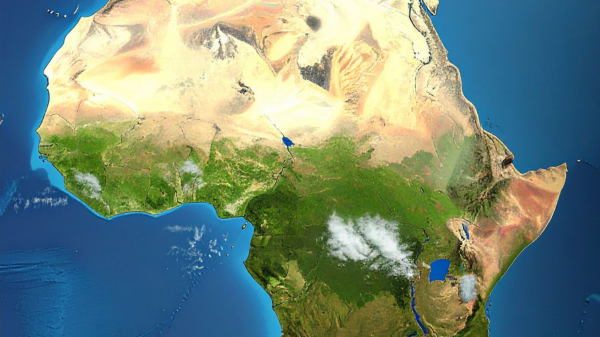
Africa’s Atlantic Sea Levels Have Been Higher in the Relatively Recent Past
An international team of researchers from universities and research institutes in Italy (lead author), France, Ireland, Hong Kong, and Singapore published a paper in the journal Nature examining sea levels on the Atlantic Coast of Africa since the end of the last ice age. Their results show sea levels have changed dramatically during the present interglacial and have been much higher for long periods of time in the past than they are at present.
During the last glacial maximum, interglacial Atlantic coastal Africa experienced “a progressive lowering of RSL (relative sea level),” the research shows. However, during the present interglacial, sea levels rebounded across the globe.
Summarizing the research, Kenneth Richard at No Tricks Zone writes,
Before relative sea level (RSL) declined to its present position over the last millennium, Africa’s Atlantic coast RSL ranged anywhere from 0.8 to 4 meters higher than today between 5000 and 1700 years ago (Vacchi et al., 2025).
This Mid- to Late-Holocene RSL highstand was “mainly controlled by the deglaciation history”—meltwater contributions from Earth’s ice sheets and glaciers. Because the climate was so much warmer than today at that time, there was significantly less water locked up on land as ice.
The Antarctic Thermal Optimum “simulated melt of the western Antarctic ice sheet until 2.0 ka BP.” Consequently, sea levels were still ≥ 1 meter higher than present during the Roman Warm Period
In other words, present sea levels are unusually low for the Holocene, not high, compared to large portions of time during the present interglacial. Thus the evidence suggests that for long periods of time, temperatures were warmer than at present, resulting in deglaciation in key regions that store lots of water as ice and snow, causing rising seas from melt and “isostatic adjustments.” Had climate alarmists been around centuries earlier, they might have been warning of dangerous sea level declines as the oceans reached present levels from higher seas during the Roman Warm period and earlier.
Source: No Tricks Zone; Nature
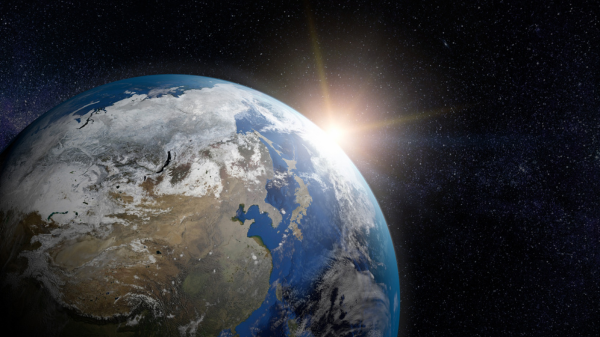
Study: Nature Mostly Responsible for Ongoing Climate Change
A new study published in the journal Science of Climate Change argues at most one-third of the warming the Earth has experienced is due to human greenhouse gas emissions, with the remaining two-thirds due to natural causes.
The study examined the radiative balance claims inherent to the theory of anthropogenic climate change, which basically says “any perturbation in the radiative balance at the top of the atmosphere (TOA) that induces a net energy flux into- or out of Earth’s thermal system will result in a corresponding surface temperature response, until a new equilibrium is reached.” Yet, when comparing the observed radiative imbalance with the assumed temperature forcing of greenhouse gases—even under the high forcing assumed by the Intergovernmental Panel on Climate Change—one finds the forcing can’t account for the amount of TOA perturbation.
This research, by contrast, examines the Earth’s climate as a part of the broader “Earth Thermal System,” which enabled the author “to distinguish between anthropogenic and other, natural contributions to global warming … [using] satellite-based TOA radiation data from the CERES program (since 2000), in conjunction with Ocean Heat Content (OHC) data from the ARGO float program (since 2004).” Under this more comprehensive system analysis, it became clear to the author that natural forcings played an even larger role in temperature changes than greenhouse gas concentrations.
In particular,
the observed warming aligns with the net increase in incoming shortwave solar radiation (SWIN), likely due to changes in cloud cover and surface albedo. Arguments suggesting that the SWIN trend is merely a feedback response to GHG-induced warming are shown to be quantitatively insufficient.
This analysis concludes that approximately two-thirds of the observed global warming must be attributed to natural factors that increase incoming solar radiation, with only one-third attributable to rising GHG-concentrations. Taken together, these findings imply a much lower climate sensitivity than suggested by IPCC-endorsed Global Circulation Models (GCMs).
If research by Anthony Watts of The Heartland Institute and by Doctors Roy Spencer, John Christy, and William Brasell from the University of Alabama at Huntsville (UAH) is correct, the problems are even worse for the theory of human-driven global warming. The sets of data and analysis done by Watts and the UAH team show much of the measured surface warming is due to poorly sited and urban heat island compromised surface stations that overreport warming because of inherent biases related to surrounding artificial heat sources.
That means the warming that can plausibly be attributed to anthropogenic increases in greenhouse gases is even lower than one-third of the recorded warming this study found. It might be just a third to two-thirds of that.
In any case, if this research is correct, humanity’s contribution to the slight warming is pretty small in relation to that of nature.
Sources: Science of Climate Change; No Tricks Zone

